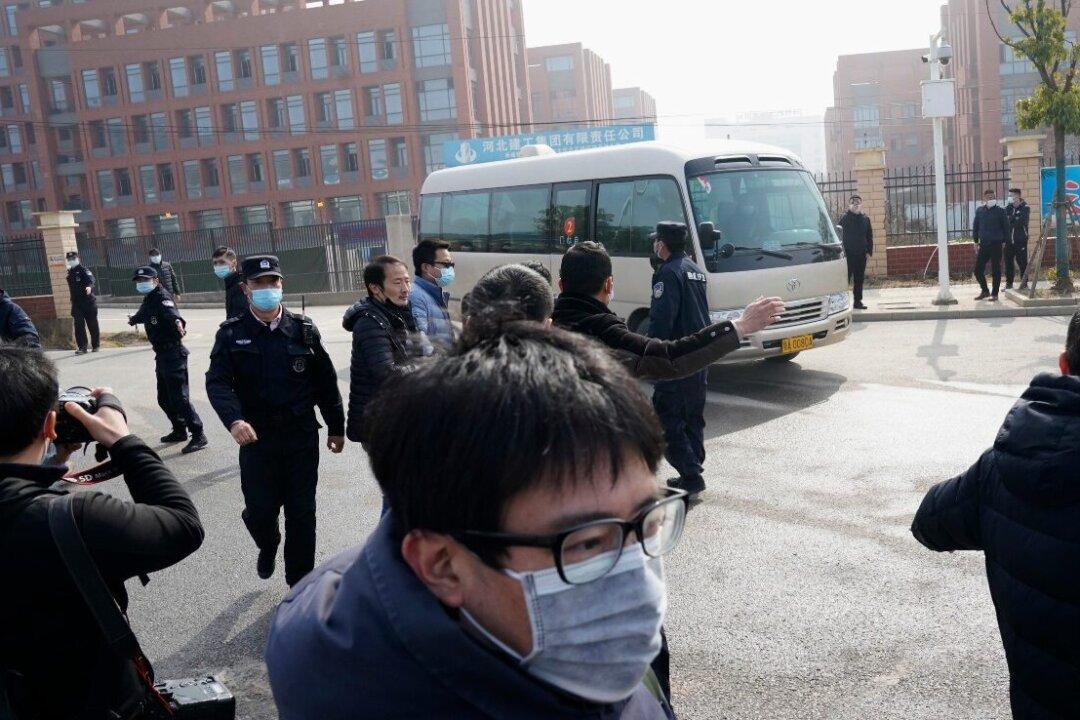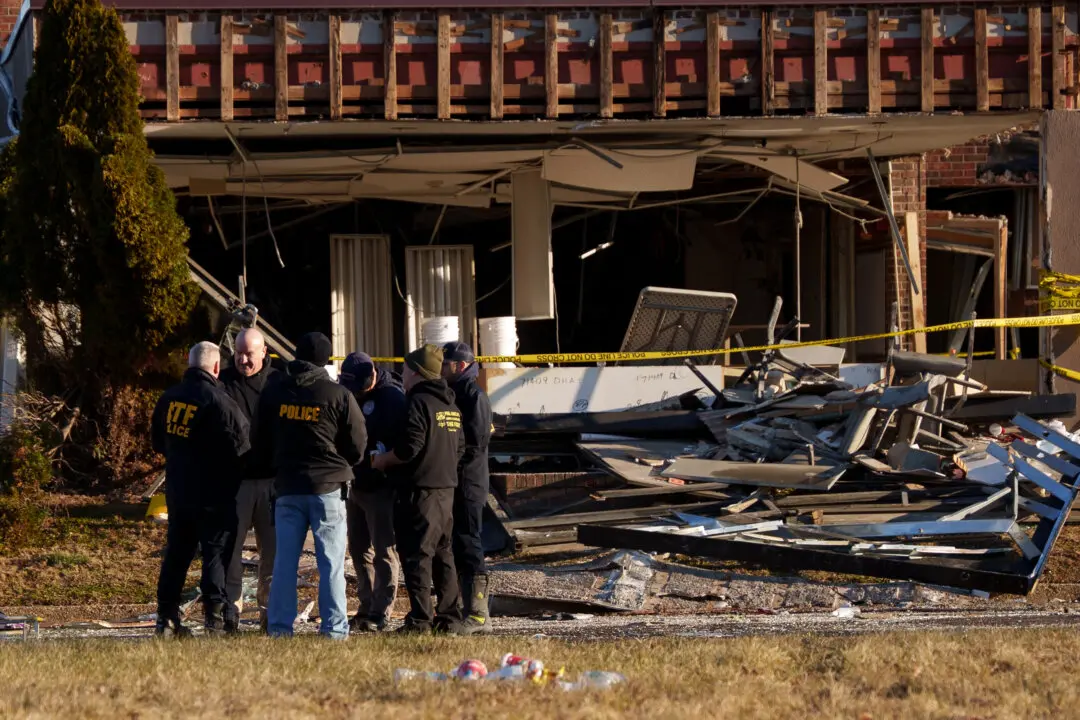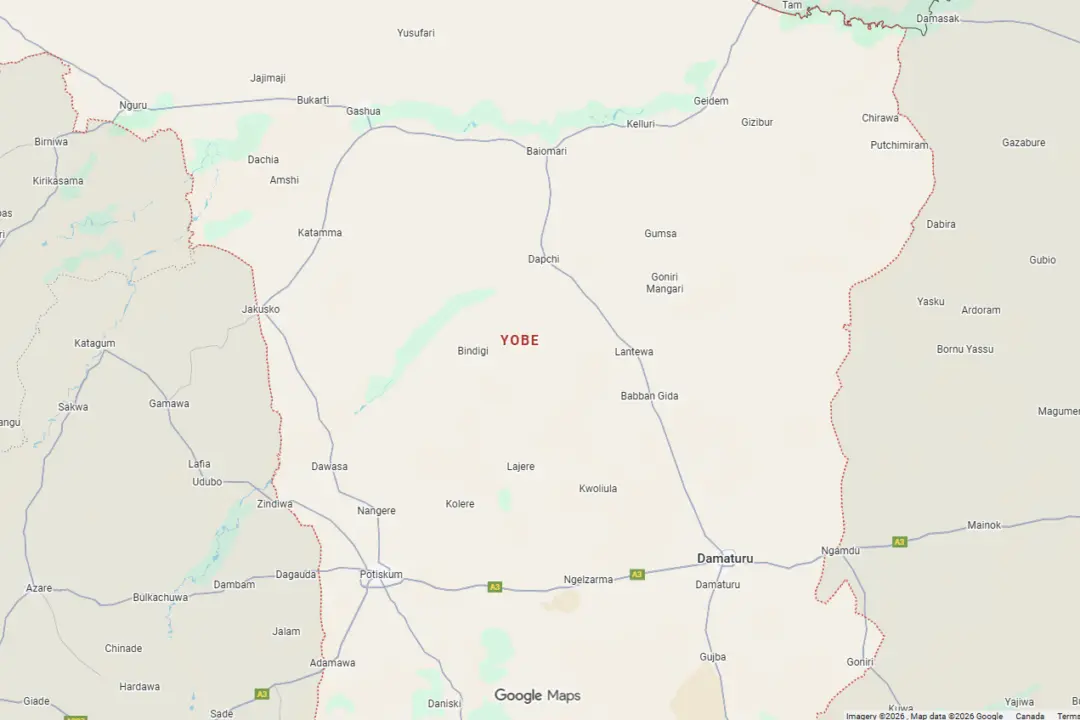WUHAN, China—World Health Organization investigators on Wednesday visited a research center in the Chinese city of Wuhan that has been the subject of speculation about the origins of the coronavirus, with one member saying they'd intended to meet key staff and press them on critical issues.
The WHO team’s visit to the Wuhan Institute of Virology was a highlight of their mission to gather data and search for clues as to where the virus originated and how it spread.





